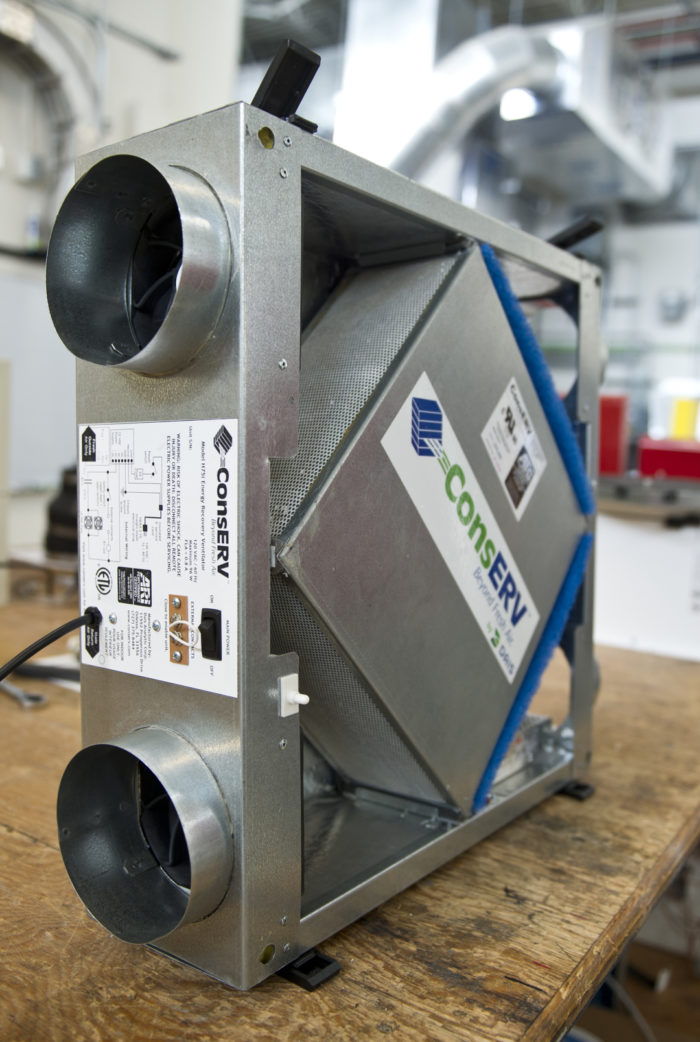How HRV Protects Against Mold and Moisture Problems
How Heat Recovery Ventilation Improves Indoor Air Quality and Reduces Energy Expenses
Heat Recovery Ventilation (HRV) systems play a necessary duty in boosting interior air top quality while at the same time lowering power expenses. By efficiently trading stagnant interior air with fresh outdoor air, HRVs help preserve ideal moisture and decrease pollutants. Furthermore, their capability to recover heat from outbound air lessens the stress on heating and cooling down systems. As power prices proceed to increase, understanding the complete possibility of HRV systems comes to be increasingly vital for house owners and companies alike.
Recognizing Heat Recovery Ventilation Solutions

Heat recovery ventilation (HRV) systems play a crucial duty in boosting interior air high quality, especially in modern, energy-efficient structures. These systems are made to transfer heat from the outgoing stale air to the inbound fresh air, therefore reducing power loss while keeping perfect temperature level levels indoors. HRVs contain a heat exchanger, followers, and ductwork, assisting in the continual blood circulation of air. By expelling interior pollutants and presenting fresh air, HRVs help to stabilize moisture levels, prevent mold development, and minimize irritants. The efficiency of HRV systems depends on their capacity to recuperate approximately 80% of the warmth from the worn down air, advertising energy preservation while ensuring a healthy and balanced interior atmosphere. Their integration is crucial in accomplishing lasting living methods.
The Value of Indoor Air High Quality
Indoor air quality (IAQ) is a vital element influencing the health and wellness of owners in any type of atmosphere. Poor IAQ can lead to different health problems, including respiratory system troubles, allergic reactions, and exhaustion. In addition, it can intensify status quo such as asthma. Aspects contributing to reduced IAQ consist of toxins from interior sources like cleansing representatives, mold and mildew, and insufficient ventilation. Preserving great IAQ is important for promoting a risk-free and comfortable living or functioning area. Reliable strategies to improve IAQ involve routine monitoring of air quality, correct ventilation systems, and reducing making use of unsafe substances indoors. By prioritizing IAQ, individuals can guarantee a much healthier setting that fosters productivity and general high quality of life.
Power Effectiveness Advantages of HRV Systems
Several home owners and building supervisors are increasingly identifying the power performance benefits of warm recuperation air flow (HRV) systems. By transferring warm from tired indoor air to incoming fresh air, HRV systems markedly reduce the energy required for heating & cooling. This procedure reduces reliance on conventional HVAC systems, causing reduced energy bills. In addition, HRVs aid maintain a well balanced indoor environment, avoiding too much heating or cooling down needs. The ability to recuperate approximately 90% of the warmth from outgoing air additionally sustains sustainability initiatives by decreasing total power consumption. HRV systems contribute not only to set you back financial savings yet additionally to a reduced carbon footprint, lining up with the expanding focus on energy-efficient structure practices.
Installation and Upkeep Considerations
The effective execution of heat recovery air flow (HRV) systems needs careful consideration of setup and upkeep elements to guarantee peak performance. Appropriate positioning of the HRV device is crucial, as it should be mounted in an area that maximizes airflow while minimizing noise interruption. In addition, ductwork must be appropriately sized and insulated to stop power loss. Routine maintenance, consisting of filter replacement and system cleansing, is important to protect optimal performance and indoor air top quality. Proprietors ought to establish a normal you could check here upkeep schedule to recognize and deal with prospective problems before they rise. Cooperation with experienced specialists during both setup and upkeep phases can enhance the long life and effectiveness of HRV systems, browse around this web-site ultimately causing much better interior environments and minimized power prices.
Real-World Applications and Success Stories
Checking out real-world applications of heat healing air flow (HRV) systems exposes their significant impact on indoor air quality and energy performance throughout various setups. In property structures, house owners have reported improved air high quality, causing less allergies and respiratory system issues. Schools carrying out HRV systems have actually noted improved student concentration and lowered absence as a result of much better air flow. Business buildings, such as workplaces and retail areas, have experienced reduced power costs and raised worker efficiency. A company workplace in a warm environment accomplished a 30% decrease in power bills after mounting an HRV system. These success stories demonstrate that HRV technology not only adds to much healthier atmospheres however also offers substantial monetary benefits, making it a useful financial investment for different markets.
Often Asked Questions
Can HRV Equipments Decrease Irritants in Indoor Air?
The efficiency of HRV systems in decreasing interior allergens primarily pivots on their capacity to filter and exchange air. HRV Heat Recovery Ventilation. By continuously changing stagnant air, these systems can significantly decrease irritant degrees throughout indoor atmospheres

Just How Does Moisture Affect HRV System Efficiency?
Moisture significantly influences HRV system efficiency; high degrees can bring about condensation, reducing effectiveness, while low moisture may improve air exchange. Balancing moisture is necessary for suitable operation and maintaining interior air top quality.
Are HRV Systems Noisy During Procedure?
HRV systems can generate varying find more info noise degrees during procedure, depending upon their layout and installment. Some devices run quietly, while others may create recognizable noise, especially at greater airflow settings or when improperly kept.
What Is the Ordinary Life Expectancy of an HRV System?

Can HRV Solutions Be Used in All Climates?
HRV systems can be used in different environments, but their efficiency might vary - HRV Heat Recovery Ventilation. In extreme temperature levels, adjustments or extra systems could be needed to guarantee perfect efficiency and convenience while preserving interior air high quality